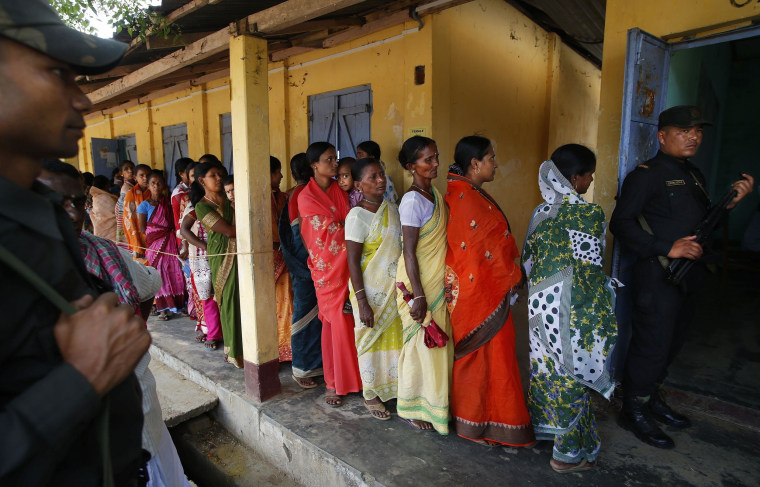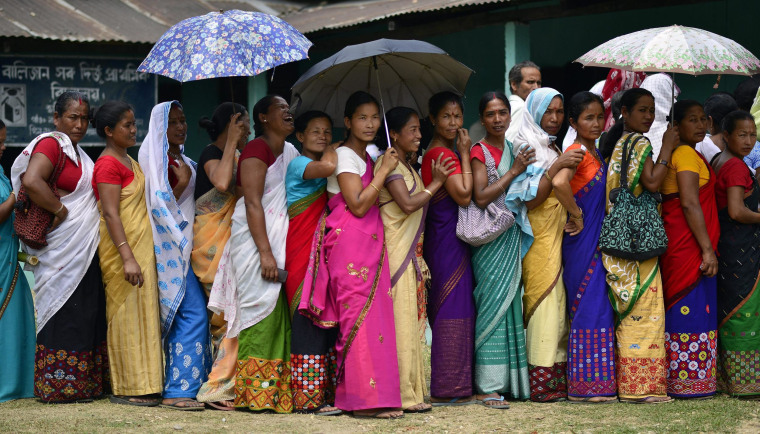With 814.5 million eligible voters, more than 1,600 political parties and 935,000 polling stations, to suggest the biggest election the world has ever seen poses huge challenges is rather an understatement.
Indians began casting ballots Monday in the first stage of an election that will last more than five weeks.
Some of the key U.S. ally's states feature populations the size of Brazil and Mexico. The voter list in the world's largest democracy dwarfs the 313 million total population of the U.S.
“The logistics of running such an election are enormous,” said Dr. Subir Sinha of SOAS, University of London. Moving electronic voting machines across almost 1.3 million square miles of territory is no easy task. "You will see pictures of them being moved on elephants' backs," he added.
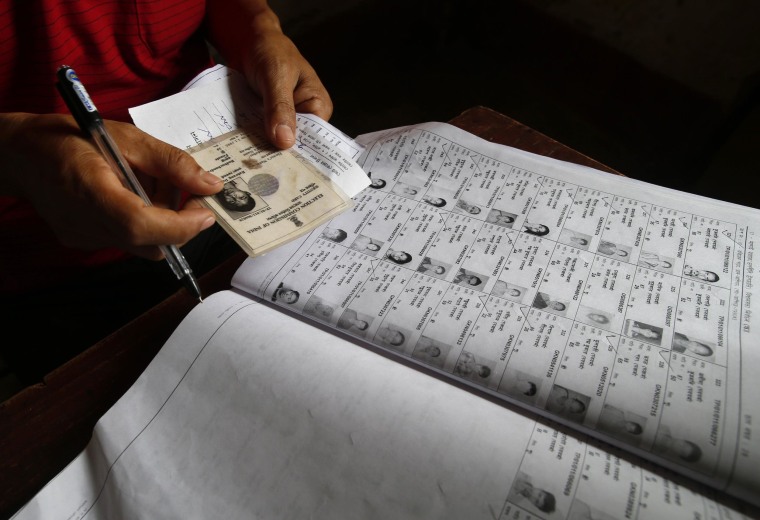
Candidates are battling for 543 seats in the lower house of the Indian parliament -- which is known as the Lok Sabha or "House of the People."
Like in the U.S., the Indian system of government has two main legislative bodies. However, members of the upper house of parliament -- known as the Rajya Sabha -- are nominated by State Legislative Assemblies and not directly by the people.
The country’s president is also chosen by members of both houses and state legislatures. However, this role is largely ceremonial and it is the prime minister, usually the leader of the majority party in the lower house, that forms a government and exercises power.
Results won't be announced until May 16.
Here are some figures that put the scale of this epic election into perspective.
101.5 million: That's how many new voters have registered, boosting the list from 713 million in 2009. “There has been a remarkable increase in the enrollment of electors in the age group of 18 to 19 years,” according to the Electoral Commission of India. “Over 23 million electors are in this age group. Electors in the age group of 18 to 19 years now constitute 2.88 percent of total electors, against 0.75 percent in 2009.”
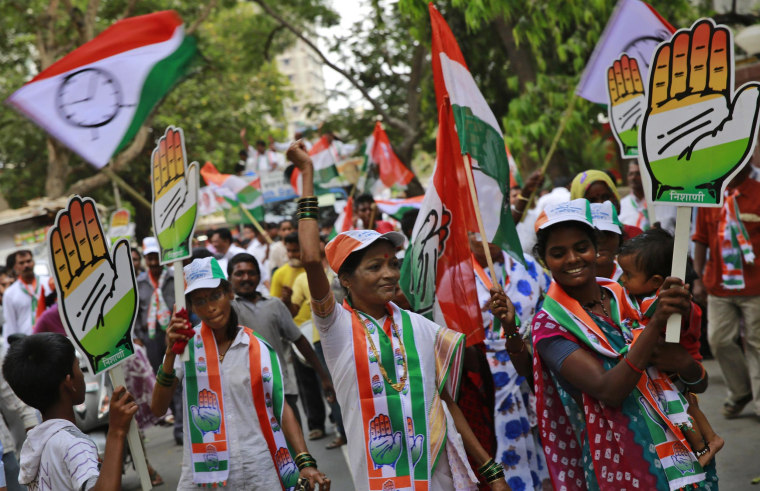
$118,000: Individual candidates can only spend up to 7 million rupees or around $118,000 on their campaigns.
Up to eight million: The number of government officials, public sector workers and bank employees will be called upon for election duty, according to Dr. Sinha. “The election commission will come out with a figure,” he said. “I think it should be around seven to eight million, but until they come out with that we just don’t know.”
58 percent: In both the 2004 and 2009 elections, just over 58 percent of the population voted in parliamentary elections, according to the Institute for Democracy and Electoral Assistance. That is below the global average of just over 70 percent.
Six: The number of national political parties -- including the ruling Indian National Congress, known as the Congress. Their main challengers are believed to be the nationalist Bharatiya Janata Party (BJP).
BJP leader Narendra Modi, 63, is a controversial figure who rose through the ranks of an Hindu nationalist organization that some have compared with the Hitler Youth.
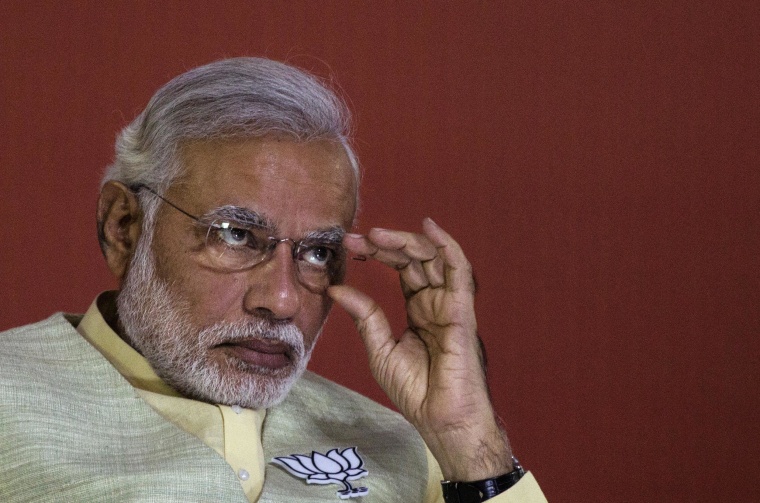
Many hold him responsible for Hindu-Muslim clashes in his home state of Gujurat that left more than 1,000 dead and hundreds more injured in 2002. The U.S. has refused to grant him a visa for a decade.
$600 million: The Election Commission of India has estimated that the election will cost the government about $600 million.
Five: The Lok Sabha sits for five years unless it is dissolved sooner for elections or a state of emergency is declared by the president for a period of up to a year. The Rajya Sabha is not subject to dissolution but every second year around one third of its members retire and are replaced. President Pranab Mukherjee was only sworn in in 2012 and he has another three years of his five-year term to serve.
120,000: The size of the security force that has been enlisted to guard polling stations and to ensure free and fair elections take place.
1622: In addition to the six major parties, there are also 23 state parties running as well as 1593 smaller “registered-unrecognized” parties hoping to get candidates elected.
